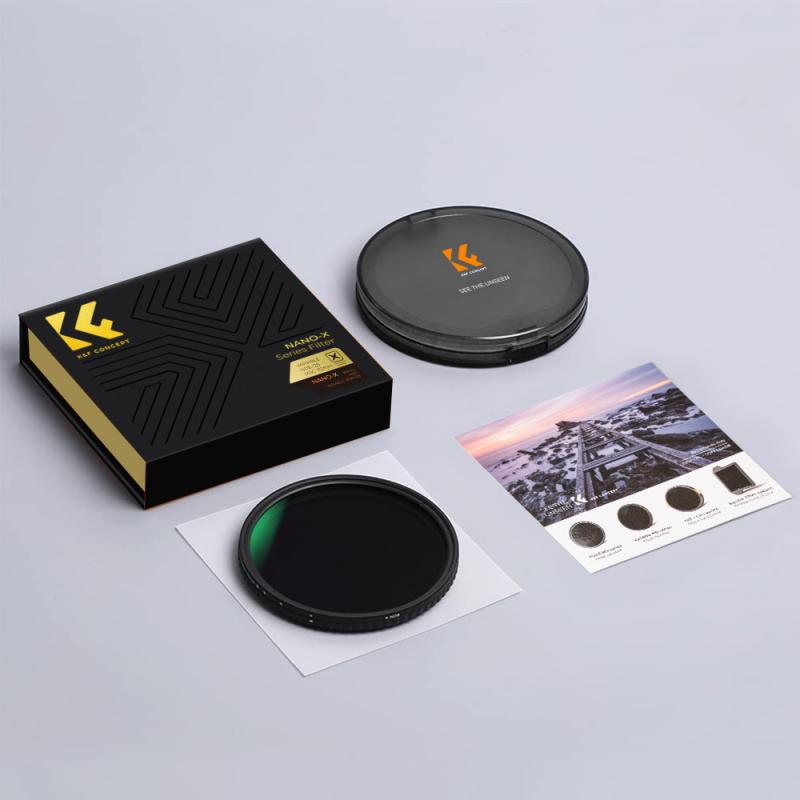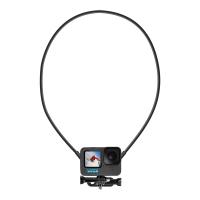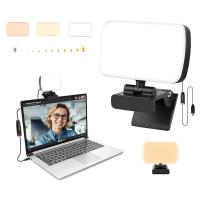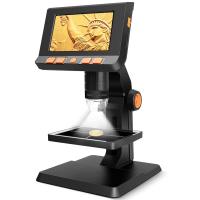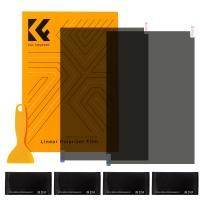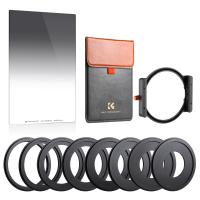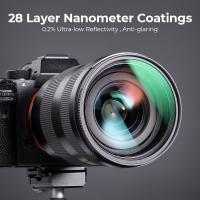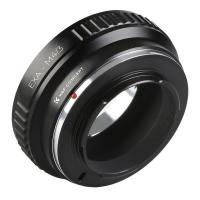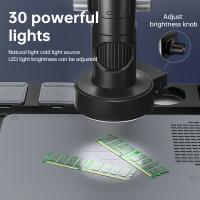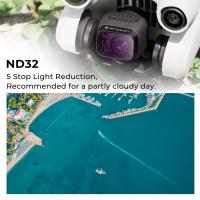What Is The Ccd In A Digital Camera ?
CCD stands for Charge-Coupled Device. It is a type of image sensor used in digital cameras to capture and convert light into digital signals. The CCD sensor consists of an array of light-sensitive pixels that detect photons and convert them into electrical charges. These charges are then transferred through the device using a series of capacitors, hence the term "charge-coupled." The charges are ultimately converted into digital data that represents the image captured by the camera. CCD sensors were widely used in early digital cameras and offer good image quality, high sensitivity, and low noise levels. However, they tend to consume more power and are more expensive to manufacture compared to other sensor technologies like CMOS (Complementary Metal-Oxide-Semiconductor).
1、 Charge-Coupled Device (CCD) Definition and Function
A Charge-Coupled Device (CCD) is a crucial component in a digital camera that converts light into electrical signals. It is a type of image sensor that captures and records the image data that forms a digital photograph. The CCD technology was first developed in the late 1960s and has since become widely used in digital cameras.
The CCD consists of an array of light-sensitive pixels, each capable of converting photons into electrons. When light enters the camera through the lens, it strikes the pixels on the CCD, causing them to release electrons proportional to the intensity of the light. These electrons are then transferred through a series of capacitors and readout circuits, ultimately producing a digital representation of the image.
CCDs offer several advantages in digital photography. They provide high image quality with low noise levels, resulting in sharp and clear images. They also have a wide dynamic range, allowing them to capture both bright and dark areas in a scene accurately. Additionally, CCDs have excellent color reproduction capabilities, ensuring accurate and vibrant colors in the final image.
However, in recent years, CCD technology has faced competition from a newer image sensor technology called the Complementary Metal-Oxide-Semiconductor (CMOS) sensor. CMOS sensors have become increasingly popular due to their lower power consumption, faster readout speeds, and the ability to integrate additional functionalities on the same chip.
Despite the rise of CMOS sensors, CCDs still find applications in specialized areas such as scientific imaging, astronomy, and high-end digital cameras. Their superior image quality and sensitivity make them the preferred choice in these fields. However, for most consumer-level digital cameras, CMOS sensors have become the standard due to their cost-effectiveness and versatility.
In conclusion, a CCD in a digital camera is a light-sensitive image sensor that converts light into electrical signals, forming the basis of digital photography. While CCD technology continues to be used in specific domains, CMOS sensors have become more prevalent in consumer-level digital cameras due to their advantages in terms of power consumption and integration capabilities.
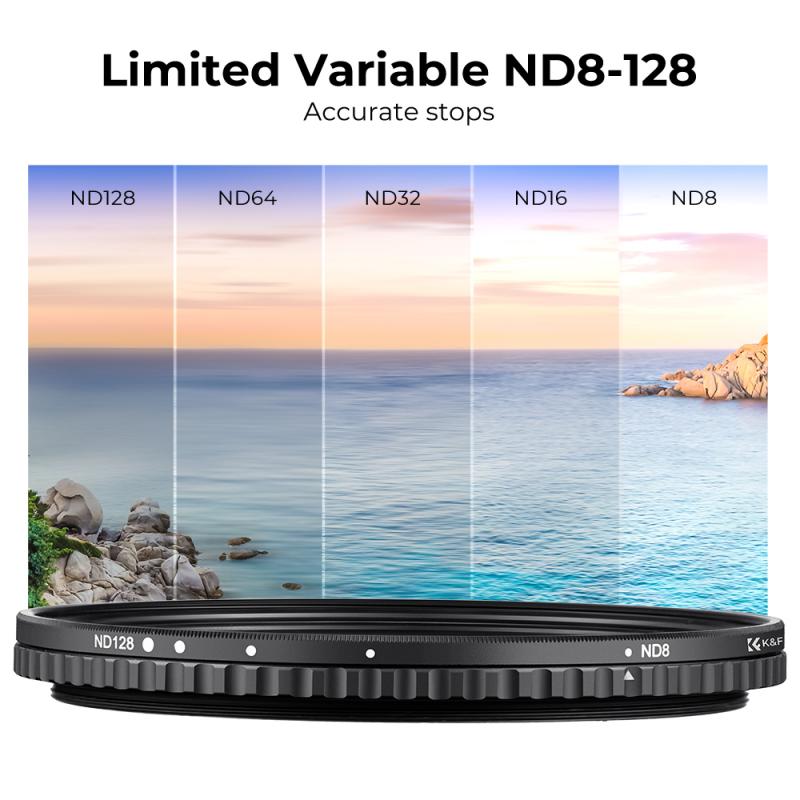
2、 CCD vs CMOS: Comparison of Image Sensor Technologies
The CCD (Charge-Coupled Device) is an image sensor technology used in digital cameras to capture and convert light into digital signals. It is one of the two main types of image sensors, the other being CMOS (Complementary Metal-Oxide-Semiconductor).
CCD sensors consist of an array of light-sensitive pixels that convert photons into electrical charges. These charges are then transferred through a series of capacitors and read out by an analog-to-digital converter to produce a digital image. CCDs are known for their high image quality, low noise levels, and excellent color accuracy. They are particularly well-suited for applications that require high image fidelity, such as professional photography and scientific imaging.
However, CCD sensors have some drawbacks. They consume more power than CMOS sensors, which can lead to shorter battery life in digital cameras. CCDs also tend to be slower in terms of readout speed, limiting their performance in applications that require fast continuous shooting or video recording. Additionally, CCD sensors are more expensive to manufacture, making them less common in consumer-grade digital cameras.
In recent years, CMOS sensors have gained popularity due to their lower power consumption, faster readout speeds, and lower manufacturing costs. CMOS technology has improved significantly, narrowing the gap in image quality between CCD and CMOS sensors. Many modern digital cameras now use CMOS sensors, especially in the consumer market.
In conclusion, the CCD in a digital camera is an image sensor technology that converts light into digital signals. While CCD sensors offer high image quality and color accuracy, they are less common in consumer-grade cameras due to their higher power consumption and manufacturing costs compared to CMOS sensors.

3、 CCD Image Sensor: Working Principle and Operation
The CCD (Charge-Coupled Device) in a digital camera is an image sensor that converts light into electrical signals. It is a crucial component responsible for capturing and recording the image data in digital form. The working principle of a CCD involves the use of a grid of tiny light-sensitive elements called pixels.
Each pixel in the CCD sensor consists of a photosensitive element that generates an electrical charge when exposed to light. The amount of charge generated is proportional to the intensity of the light falling on the pixel. The charges from all the pixels are then transferred to a shift register, which sequentially reads and converts them into digital values.
The operation of a CCD sensor involves several steps. First, the incident light passes through the camera lens and falls on the surface of the CCD sensor. The photons of light excite the electrons in the photosensitive elements of the pixels, creating an electrical charge. The charge is then transferred from pixel to pixel within the sensor using a series of capacitors and shift registers.
Once all the charges are transferred to the shift register, they are sequentially read and converted into digital values. These digital values represent the intensity of light captured by each pixel, forming a digital image. The image can then be processed, stored, and displayed on a digital device.
It is worth mentioning that while CCD sensors were widely used in digital cameras in the past, they have been largely replaced by CMOS (Complementary Metal-Oxide-Semiconductor) sensors in recent years. CMOS sensors offer advantages such as lower power consumption, faster readout speeds, and better noise performance. However, CCD sensors still find applications in specialized imaging fields where their unique characteristics, such as high sensitivity and low noise, are advantageous.
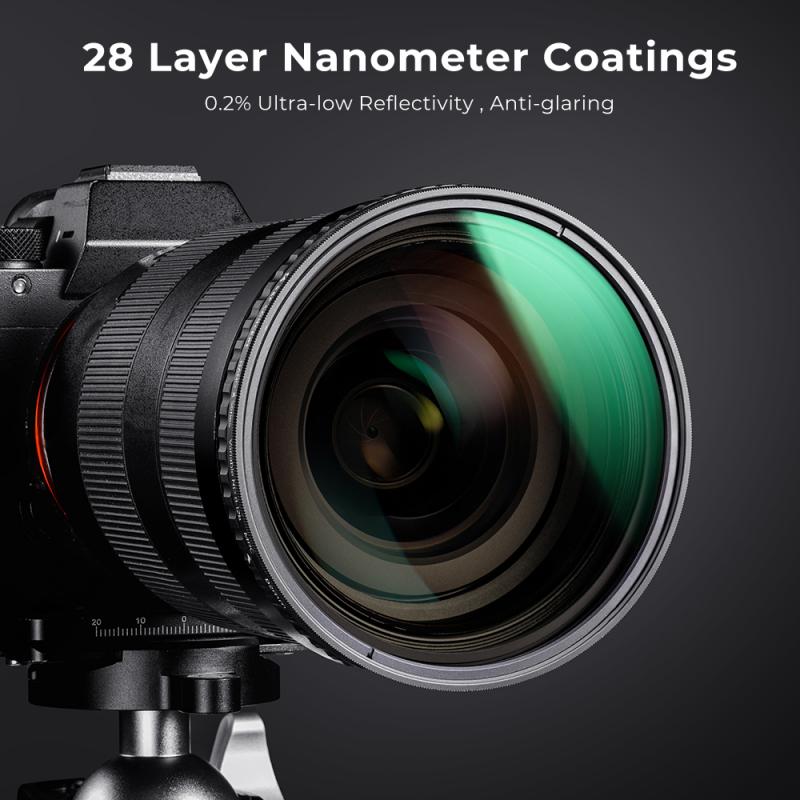
4、 Advantages and Disadvantages of CCD Image Sensors
CCD stands for Charge-Coupled Device, which is a type of image sensor used in digital cameras. It is responsible for capturing and converting light into digital signals that can be processed and stored as images. The CCD image sensor is composed of an array of tiny light-sensitive diodes called photosites, which collect photons and convert them into electrical charges.
Advantages of CCD Image Sensors:
1. High Image Quality: CCD sensors are known for producing high-quality images with low noise levels, high dynamic range, and excellent color accuracy.
2. Low Power Consumption: CCD sensors consume less power compared to other image sensor technologies, making them more energy-efficient.
3. Global Shutter: CCD sensors have a global shutter, which means that all pixels are exposed simultaneously. This eliminates the rolling shutter effect, resulting in sharper images, especially when capturing fast-moving objects.
4. High Sensitivity: CCD sensors are more sensitive to light, allowing them to capture images in low-light conditions with less noise.
Disadvantages of CCD Image Sensors:
1. Limited Speed: CCD sensors have slower readout speeds compared to other image sensor technologies, which can result in slower continuous shooting and video recording capabilities.
2. Higher Cost: CCD sensors are generally more expensive to manufacture compared to other image sensor technologies, making cameras with CCD sensors pricier.
3. Power Consumption: While CCD sensors consume less power compared to other technologies, they still require more power than some other image sensor types, which can impact battery life.
4. Smaller Pixel Size: CCD sensors tend to have smaller pixel sizes, which can limit their ability to capture fine details and result in lower resolution images.
It is worth noting that in recent years, complementary metal-oxide-semiconductor (CMOS) image sensors have gained popularity in digital cameras due to their lower power consumption, faster readout speeds, and lower manufacturing costs. CMOS sensors have improved significantly in terms of image quality and low-light performance, narrowing the gap with CCD sensors. However, CCD sensors still have their advantages in certain applications, such as scientific imaging and professional photography, where image quality and sensitivity are crucial.
